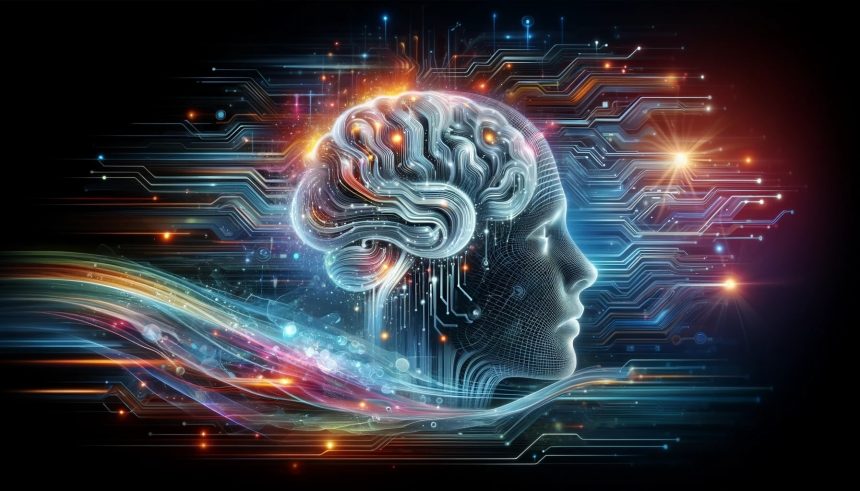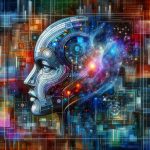Huawei’s new phase in mobile operating systems centers on artificial intelligence, with HarmonyOS 6 introduced as more than an update to its platform. Instead, Huawei frames it as a step where AI agents serve as the core method of interaction, moving beyond the traditional focus on app stores and user interfaces. Developers now have early access to the beta version, highlighting a trend where operating systems act as smart intermediaries that adapt to user habits and anticipate needs. Unlike prior OS debates rooted mainly in aesthetics or application libraries, this move signals a shift toward machine-driven agency. As software and hardware places itself at the center of digital infrastructure in China, competition between major players increases, prompting closer attention from both industry watchers and consumers.
Coverage of HarmonyOS in recent months tended to focus on its ecosystem development and hardware reach, especially against a backdrop of US sanctions. Earlier reports centered on app compatibility concerns and the gradual onboarding of third-party services. Discussions had highlighted the platform’s struggle to attract software developers and consumer hesitancy. With HarmonyOS 6, there is an observable progression from these hardware-driven topics to the integration of artificial intelligence as a foundational mechanism, marking a distinct turn in Huawei’s overall strategy.
How Does HarmonyOS 6 Use AI Agents?
The main feature of HarmonyOS 6 is its built-in AI agents framework, designed for easier creation of automated agents by developers. Rather than requiring individual model training, the HarmonyOS Agent Framework lowers barriers, letting app makers implement artificial intelligence-driven processes seamlessly on Huawei devices. Richard Yu Chengdong, Huawei’s consumer business chairman, stated that at launch, users will have access to more than 50 AI agents from platforms such as Weibo and Ximalaya. However, a concrete consumer release date remains unspecified. These integrated agents allow devices to perform a range of actions in response to user habits, helping Huawei stand out in a market heavily defined by Apple’s iOS and Google’s Android.
What Do Latest Ecosystem Metrics Reveal?
HarmonyOS’s ecosystem has seen growth, with eight million developers and over 30,000 applications and “atomic services” available. More than 40 device models now run HarmonyOS 5, demonstrating hardware traction in the Chinese market. Huawei prioritizes user engagement, as Yu observed,
“But the top 5,000 apps accounted for 99.9 percent of consumer time spent”
on Huawei devices, suggesting a focus on essential tools over total application count. This approach suggests that success depends not only on numbers but on the relevance of digital experiences provided.
How Is Huawei Advancing AI for Industry Sectors?
Huawei has also announced the Pangu 5.5 AI model family, with capabilities directed specifically toward five industries: medicine, finance, governance, manufacturing, and automotive. The natural language processing component of Pangu 5.5 contains 718 billion parameters, while the computer vision counterpart holds 15 billion. Through this dual strategy of OS integration and vertical industry solutions, Huawei’s control over both the operating system and AI infrastructure underscores efforts to secure a stronger enterprise foothold, especially given continued international market limitations for its consumer products.
Consultancy figures indicate over 100 million smartphones and 21 million tablets shipped with HarmonyOS, nearly half delivered since the start of 2024. The platform’s reach has also expanded, as Huawei launched HarmonyOS-based laptops to offer a consistent experience across device categories. By trying to unify smartphones, tablets, and PCs under one OS, Huawei draws parallels to Apple’s strategy, though technical challenges remain, especially across diverse hardware environments. These moves reflect not just product evolution, but a broader repositioning of Huawei from a hardware-oriented business into one leading with software and intelligence-driven services.
Huawei’s focus on AI agents and unified operating systems illustrates a distinct pivot within its innovation strategy. For those tracking mobile industry trends or considering alternatives to dominant global platforms, HarmonyOS 6 indicates a new route where system-level artificial intelligence influences daily device interactions. For developers and enterprise leaders, Huawei’s frameworks now offer a path to build advanced services without extensive expertise in AI model training, potentially increasing participation. Users should monitor release timelines and third-party support to assess practical benefits, especially outside China. As regulatory, technical, and market dynamics evolve, the continued rollout of AI-driven operating systems could prompt new standards for digital engagement in both consumer and industrial sectors.










